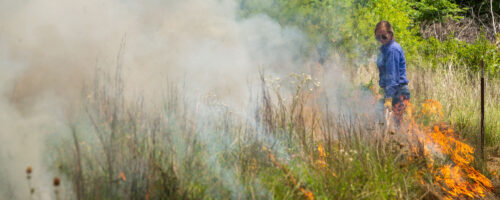Tag: forage
Categories
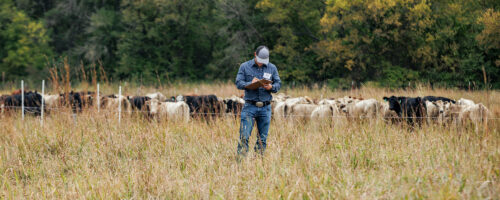
Compute and track your ‘reserve herd days’ to manage forage inventory and grazing
Estimated reading time: 11 minutes
Knowing how to estimate forage inventories and actively manage grazing accordingly cuts down on hay feedi...
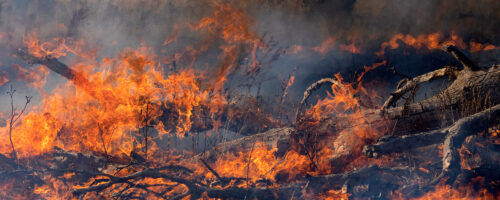
In Texas, Forage Is Feed And Fuel
Estimated reading time: 9 minutes
After Texas’ largest wildfire in 2024, experts and ranchers weigh in on the future of firefighting and...
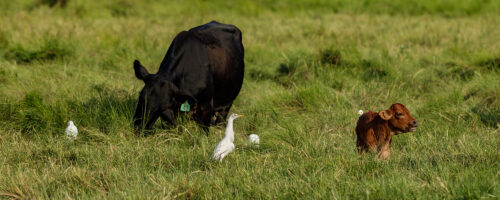
Match forage flow with livestock nutritional needs to increase ranch profitability
Estimated reading time: 7 minutes
Coordinating your calving or lambing season with peak forage availability can cut costs for feed, supplem...
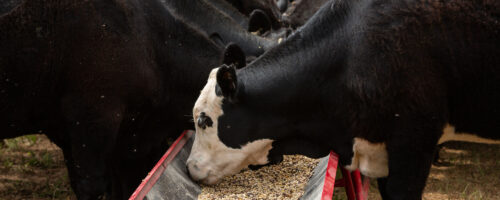
Winter Cow Supplementation: Protein and Energy Explained
Estimated reading time: 6 minutes